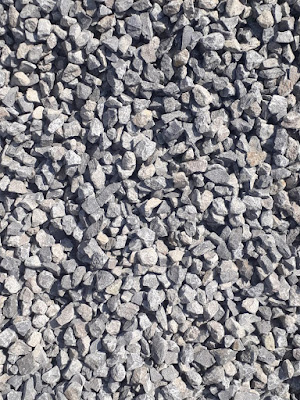THE BASIC INGREDIENTS OF CEMENT CONCRETE
The cement concrete is a mixture of cement, sand, crushed rock (aggregate) and water, which when placed in the skeleton of forms and lowed to cure, becomes hard like a stone. The hardening is caused by a chemical reaction between water and cement and it continues for a long time.
Ingredients Of Cement Concrete
- CEMENT
- AGGREGATE
- FINE AGGREGATE
- COARSE AGGREGATE
- WATER
- ADMIXTURE
CEMENT
Before the introduction of ordinary Portland cement, the lime was used as a mounting material. Most of the cement concrete in building construction is done with ordinary Portland cement at present.
but other special varieties of cement such as rapid hardening cement and high alumina cement are used under the ncertain circumstance. The cement should comply with all the standard requirements.
Specification of Ingredients of concrete
- The color of cement should be uniform. It should be a typical cement color. ex. grey color with light greenish shade.
- The cement should feel smooth when rubbed in between fingers. If it is felt rough, it indicated adulteration with sand.
- The cement should sink not float on the surface when it is thrown in a bucket of water.
- A thin paste of cement with water should feel sticky between the fingers.
- The cement should be free from any hard lumps. Such lumps are formed by the absorption of moisture from the atmosphere. Any bag of cement containing such lumps should be rejected.
AGGREGATE
There are the chemically inactive materials which form the bulk of cement concrete. Their aggregates are bound together by mean of cement. The aggregates are classified into two parts.
- FINE AGGREGATE
- COARSE AGGREGATE
FINE AGGREGATE
The material which is passed thought BIS test server no. 480is termed as a fine aggregate. Usually, natural sand is used as a fine aggregate. But at places, where natural sand is not available economically, the finely crushed stone may be used as a fine aggregate.
COARSE AGGREGATE
The material which is retained on B tests sieves no 480 is termed as a coarse aggregate. The broken stone is generally used as a coarse aggregate. The nature of work decides the maximum size of the coarse aggregate. For thin slab and walls, The maximum size of coarse aggregate should be limited to one-third the thickness of the concrete section.
The aggregate to be used for cement concrete work should be hard durable and clean. The aggregate should be completely free from lumps of clay, organic and vegetable matter, fine dust etc. The presence of all such debris prevents adhesion of aggregate and hence reduced the strength of concrete.
SPECIFICATION OF INGREDIENTS OF AGGREGATE
There are the inert or chemically inactive materials which form the bulk of cement concrete. Aggregate is generally cheaper than cement and imparts greater volume stability and durability to concrete. To increase the density of the resulting mix d=, the aggregate is frequently used in two or more size.
The aggregate to be used for document concrete work should be hard, durable and clean. The aggregate should be completely free from lumps of clay,k organic and vegetable matter, fine dut etc. The presence of all such debris prevents adhesion of aggregates and hence reduces and strength concrete. The aggregate must possess chemical stability, resistance to abrasion and to freezing and thawing.
The aggregate to be used for document concrete work should be hard, durable and clean. The aggregate should be completely free from lumps of clay,k organic and vegetable matter, fine dut etc. The presence of all such debris prevents adhesion of aggregates and hence reduces and strength concrete. The aggregate must possess chemical stability, resistance to abrasion and to freezing and thawing.
